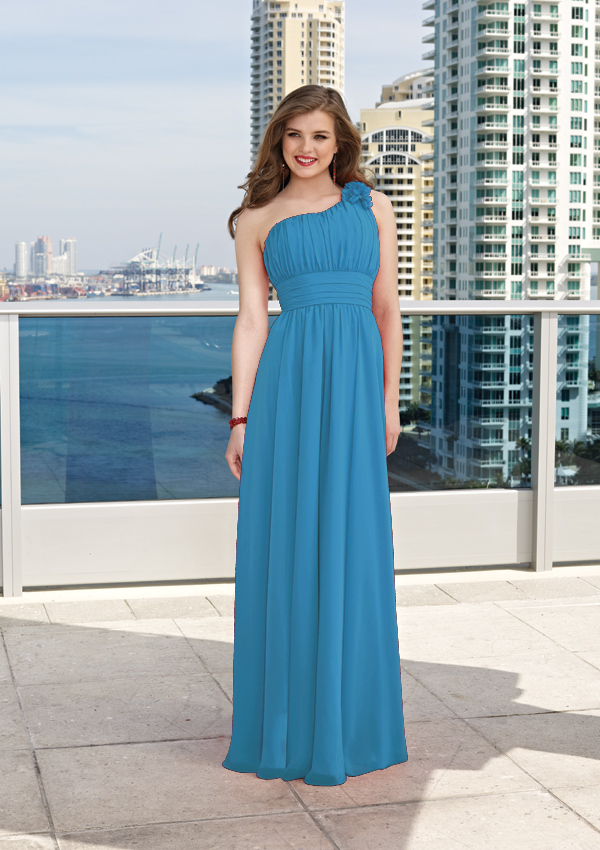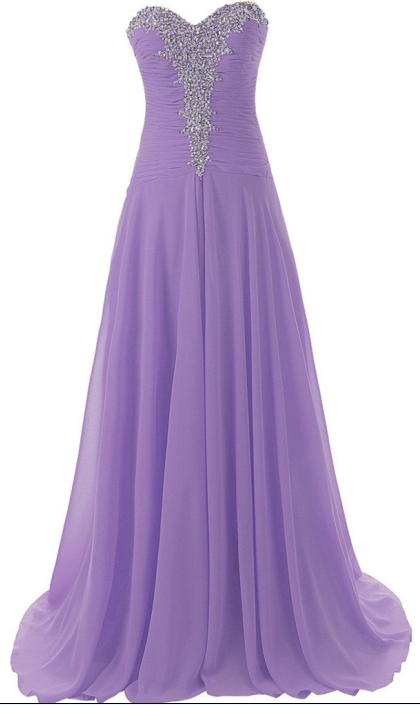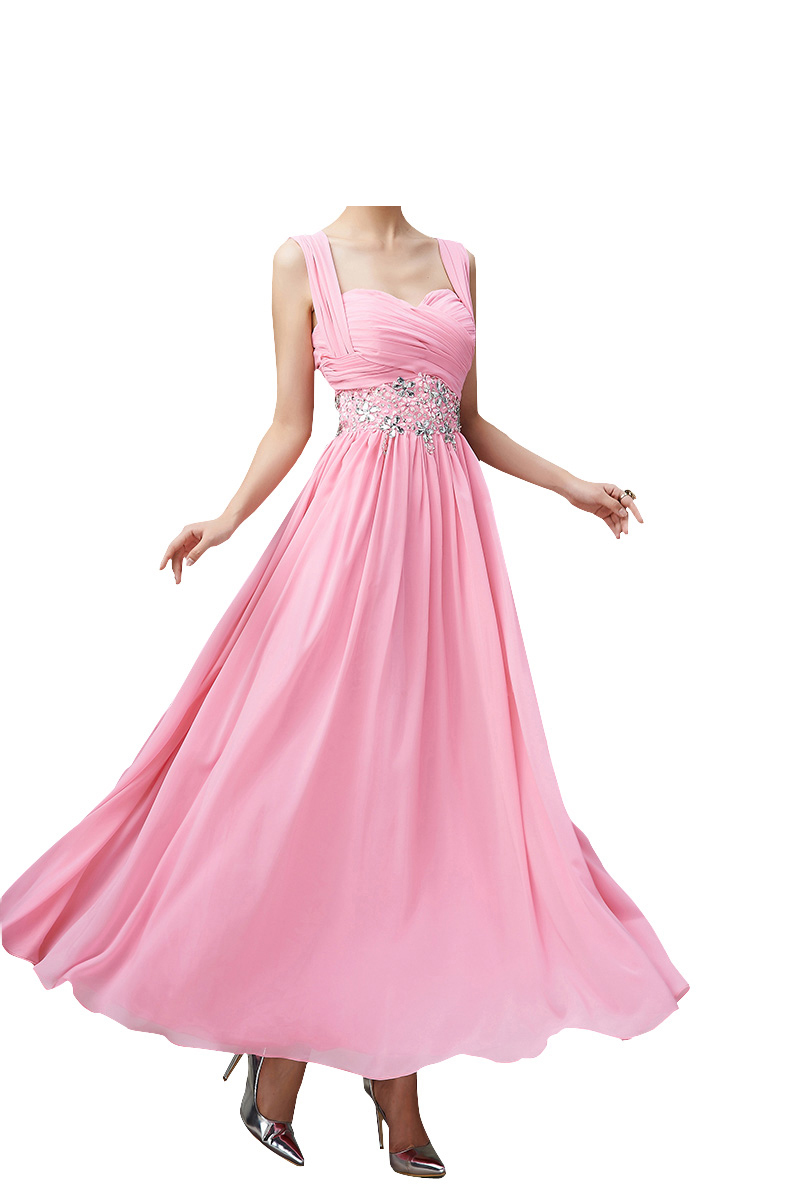Luxury on the Wrist: The Allure of Luxury Watches
Unveiling the Mystery of Luxury Watches
Throughout history, watches have transcended their function as simple timekeeping tools, evolving into symbols of status and taste, with luxury watches being the pinnacle of this art form. When we talk about luxury watches, images of exquisite craftsmanship, unique design, and hefty prices often come to mind. They are not merely instruments for precise timekeeping, but works of art imbued with profound historical culture and brand value, attracting countless watch enthusiasts and those who pursue a quality lifestyle. So, what exactly makes luxury watches exude such unique charm? Let’s delve into the world of luxury watches and unveil their mysteries. The Well-Known Brands
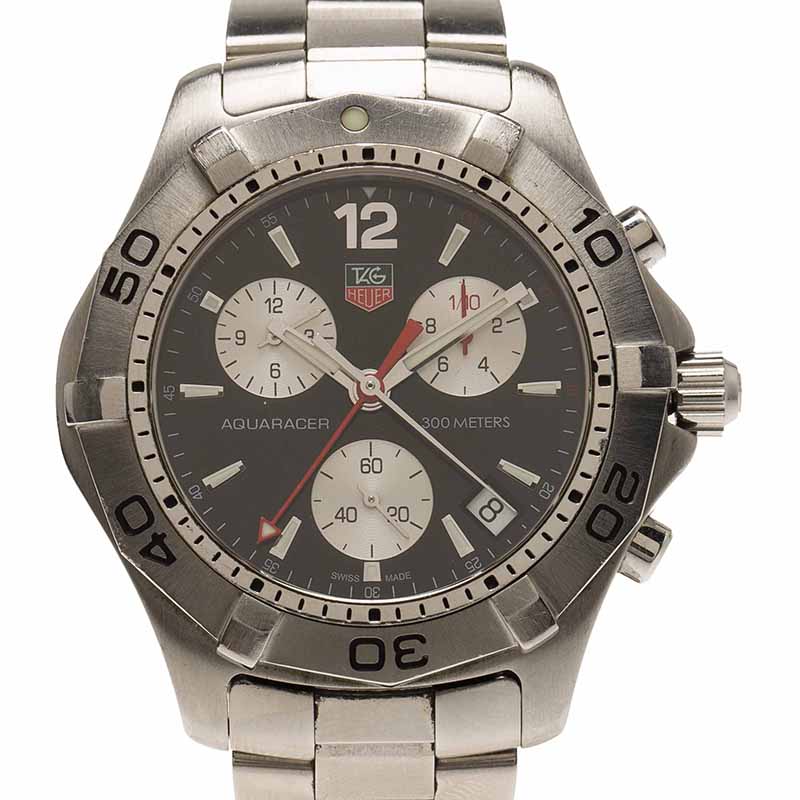
In the dazzling constellation of luxury watches, a few stars consistently shine the brightest. Rolex, a Swiss brand founded in 1905, was originally Wilsdorf and Davis, officially changing its name to ROLEX in 1908. Renowned for its precision and durability, the Rolex Submariner, also known as the “Submariner,” has been a benchmark for diving watches since its debut in 1953, thanks to its simple and practical design and outstanding water resistance. It is highly sought after by diving enthusiasts and collectors. Its iconic rotating bezel and unique hand design are not only practical but have also become classic design elements. Patek Philippe, founded in Geneva, Switzerland in 1839, is the undisputed king of the watchmaking world. Adhering to a philosophy of exquisite craftsmanship, it produces only around 50,000 watches annually, insisting on handcrafted production and completing the entire watchmaking process in its own factory. Patek Philippe’s Calatrava series is known for its simple and elegant design, a classic representative of dress watches; while the Nautilus series, with its unique porthole shape and horizontally striped dial, combines sportiness and elegance, making it a legend among sports watches and often highly sought after. Each of its watches embodies the watchmaker’s exquisite craftsmanship and unwavering pursuit of perfection, serving not only as recorders of time but also as masterpieces of art. Cartier, a French brand founded in 1847, stands out in the watchmaking world for its unique jewelry craftsmanship and fashionable designs. Cartier’s Tank series, born during World War I, draws inspiration from tanks on the battlefield. Its rectangular case design is simple yet powerful, with the strap seamlessly integrated into the case, showcasing a unique fashionable charm and becoming a favorite among fashion enthusiasts. The Panthère series, inspired by the panther, perfectly blends the animal’s agility with the luxury of jewelry. The panther motif on the dial is lifelike, and the bracelet design flows like the panther’s body, exuding nobility and mystery. Why are luxury watches so exuding an air of exclusivity? The high prices of luxury watches are due to a variety of factors. First, there’s the craftsmanship. Watchmaking is truly an art, especially in high-end luxury watches. Watchmakers often spend a great deal of time and effort hand-finishing, assembling, and adjusting the timepieces. For example, Patek Philippe watchmakers require years of training and practice to master the complex watchmaking process. Every component must be meticulously machined to ensure precise dimensions, and the assembly process demands extremely high precision to guarantee the stable operation of the movement and accurate timekeeping. Some complex functions, such as tourbillons and perpetual calendars, are extremely difficult to produce, requiring watchmakers with superb skills and extensive experience, which undoubtedly increases the watch’s production cost. Materials are also a crucial factor in determining the price of luxury watches. Many luxury watches use precious metals, such as 18K gold, white gold, and platinum, for their cases and bracelets. These precious metals not only have excellent texture and luster but are also rare and expensive. Some Rolex gold watches are crafted from 18K gold, which is not only durable but also exudes luxury. Furthermore, sapphire crystal glass is frequently used in watchmaking due to its high hardness, scratch resistance, and ability to clearly display the dial, while also enhancing the overall quality of the watch. For strap materials, rare leathers such as alligator and lizard skin are also common choices; their softness, comfort, and unique textures add a touch of elegance to the watch. Unique design is a major highlight that attracts consumers to luxury watches. Designers draw inspiration from architecture, art, history, and other fields, incorporating their creativity into watch designs. Cartier’s Santos series, designed to commemorate Alberto Santos-Dumont, a pioneer of Brazilian aviation, features a square case with unique crown guards, breaking away from the traditional design conventions of round watches and becoming a classic design. Some limited or special edition watches incorporate unique themes and elements. For example, Blancpain’s Chinese Calendar watch combines traditional Chinese calendar technology with modern watchmaking. The dial not only displays traditional hours, minutes, and seconds but also cleverly presents lunar dates, months, and solar terms. Released in limited quantities worldwide, it is highly collectible. Brand value is also a significant reason for the high prices of luxury watches. Those long-established luxury watch brands have accumulated outstanding reputations and widespread recognition over their long development. Rolex, since its inception, has been renowned for its high-quality, high-performance watches, and its brand image is deeply ingrained, becoming a symbol of success and status. The value of a brand is also reflected in its inherited watchmaking culture and spirit. Patek Philippe, adhering to the philosophy that “no one truly owns a Patek Philippe, but merely looks after it for the next generation,” conveys the values of family heritage and an eternal pursuit of quality. This cultural connotation makes consumers willing to pay high prices for it. Choosing the Right Watch for Different Groups
When selecting a luxury watch, different groups have their own unique considerations. Age, gender, occupation, and style preferences all influence the final decision. For young people in their early twenties, just entering the workforce, their financial resources are relatively limited, but they still want to express their individuality and taste. At this time, some brands with high cost-performance and stylish designs are good choices. For example, Tissot’s PRC200 series has a simple and elegant design with a sporty style, priced around a few thousand yuan, suitable for young people to wear daily. It can be easily matched with both casual and formal wear, showcasing youthful vitality and a sense of fashion.
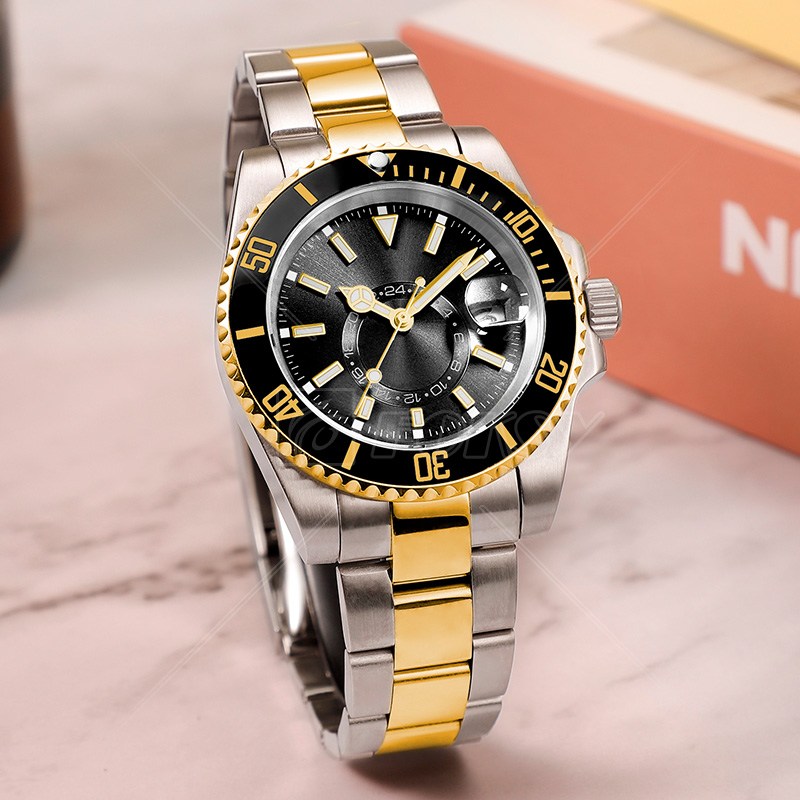
When choosing a designer watch, different groups have their own unique considerations. Age, gender, occupation, and style preferences all influence the final decision. For young people, especially those in their twenties just entering the workforce, their financial resources are relatively limited, but they still desire to express their individuality and taste. In this case, some brands with high cost-performance and fashionable designs are good choices. For example, Tissot’s PRC200 series features a simple and elegant design with a sporty style, priced around a few thousand yuan. It’s suitable for young people’s daily wear, easily complementing both casual and formal attire, showcasing youthful energy and a sense of fashion. Entering their thirties, with career advancement and improved economic conditions, people have higher demands for quality and brand. Omega’s Seamaster series is very popular, with its classic design, combining sporty and practical functions, and excellent water resistance. The Seamaster 300m diver’s watch, for instance, has a simple and sophisticated dial design, a unique wave-patterned dial, and sword-shaped hands, making it highly recognizable. Its internal coaxial movement is precise and reliable, suitable not only for everyday wear but also for showcasing the wearer’s maturity, composure, and taste on important occasions. People aged forty and above, having achieved success in their careers, place greater emphasis on the quality, craftsmanship, and cultural connotations of the watch brand. Rolex’s Datejust series is a favorite among them. This watch features a classic Oyster case and a five-link bracelet. The dial is available in various colors and materials, and it’s powered by the high-performance 3235 movement, boasting a long power reserve and precise timekeeping. Its simple yet luxurious design is perfectly suited for both business meetings and social events, reflecting the wearer’s status and prestige. From a gender perspective, women often prioritize design and style when choosing a watch. Cartier’s Ballon Bleu series features a rounded case with Roman numeral hour markers and sword-shaped hands, accented by a sapphire crystal crown. The straps come in various materials, including stainless steel and leather. The overall design is elegant and refined, exuding a romantic charm that is highly popular among women. Whether for daily commutes or evening events, it adds a unique allure to women. Longines’ La Grande Classique series is known for its ultra-thin case and simple design. The dial is minimalist and elegant, and the strap is slender, showcasing feminine grace and elegance. Its relatively affordable price makes it suitable for women at different budgets. When choosing a watch, men consider not only its appearance but also its performance and functionality. Panerai’s Luminor series boasts a unique and highly recognizable case design, a large dial with clearly legible numerals, and excellent water resistance and luminous hands, making it suitable for outdoor activities and sports like diving. Its powerful and stable movement reflects masculinity and a pursuit of mechanical craftsmanship. IWC’s Pilot’s Watch series, with its rugged appearance and aviation-inspired design, is a popular choice for many men. Oversized Arabic numerals, an onion-shaped crown, and a unique dial layout all embody the spirit of aviation while offering practical functions such as chronograph functionality, resonating with both aviation enthusiasts and men seeking individuality. Occupation is also a significant factor in watch selection. In the financial industry, where the work environment is relatively formal, watches that reflect status and taste are essential. Patek Philippe’s Calatrava series, with its simple and elegant design, precious metal cases, and exquisite dial craftsmanship, exudes nobility and composure in business settings. Vacheron Constantin’s Patrimony series, similarly renowned for its clean and classic design, features an ultra-thin case and meticulous craftsmanship, showcasing understated luxury that aligns with the professional image and temperament required of financial professionals. Those working in creative and artistic fields, who value individuality and uniqueness, have higher demands for the design and artistry of watches. Hublot’s Big Bang series blends innovative materials and unique design elements, such as the use of ceramic and carbon fiber, along with exaggerated case shapes and complex dial designs, creating a futuristic and technologically advanced look that showcases the wearer’s unique personality and artistic taste. Bulgari’s Octo series, with its octagonal case design inspired by Roman architecture, perfectly combines jewelry craftsmanship and watchmaking technology. The dial decorations and strap design are ingenious, a perfect embodiment of art and fashion. How to Choose Your Dream Watch Faced with a dazzling array of luxury watches, choosing the one that best suits you can be a real headache. Don’t worry, as long as you master the following key points, you can easily find your ideal watch. First, defining your budget is the first step. Watch prices range wildly, from a few thousand to millions of dollars. Before buying, you must set a reasonable budget range based on your financial capabilities. If your budget is limited but you still want a luxury watch, you can consider some entry-level brands or basic models from classic brands. Brands like Tissot and Mido offer relatively affordable prices while still maintaining good quality and design, meeting your daily wear needs. If your budget allows, you can look to high-end brands like Rolex and Patek Philippe to experience top-notch watchmaking craftsmanship and unique designs. Functionality is also crucial. Watches offer a wide range of functions, from basic time display to complications such as chronographs, date displays, moon phases, perpetual calendars, and tourbillons. If you’re a sports enthusiast, a dive watch or chronograph would be more suitable. Rolex’s Submariner series is water-resistant to 300 meters, making it ideal for diving; Omega’s Speedmaster series, as a professional chronograph, is widely used in racing, aviation, and other fields. If you prioritize practicality, date and day displays will generally meet your daily needs. The style should match your personal style and dressing habits. Watches can be broadly categorized into dress watches, sports watches, casual watches, and fashion watches. Dress watches typically feature a simple and elegant design, a smaller dial, and metal or leather straps, making them suitable for business and formal occasions, such as Patek Philippe’s Calatrava series. Sports watches have a more rugged appearance, are waterproof and shockproof, and come with various strap materials like rubber and nylon, making them suitable for outdoor activities; Panerai’s Luminor series is a typical example. Casual watches have a more relaxed style and simple design, suitable for everyday casual wear. Fashion watches emphasize trendy elements and personalized design, suitable for fashion-conscious individuals; Casio’s G-SHOCK series, with its unique shape and rich color options, is popular among young people. The choice of materials also affects the watch’s texture, durability, and price. Common case materials include stainless steel, 18K gold, white gold, platinum, and ceramic. Stainless steel is durable and relatively inexpensive, making it the most common choice. 18K gold cases are luxurious and elegant, but expensive and easily scratched. White gold and platinum are rare and precious, highly corrosion-resistant, and have an excellent texture. Ceramic cases are hard, wear-resistant, and beautifully designed, but relatively fragile. Watch straps are mainly made of leather, metal, rubber, and fabric. Leather straps are soft, comfortable, and textured, but require regular maintenance and are not water-resistant. Metal straps are durable, suitable for everyday wear, and come in a variety of styles. Rubber straps are waterproof, comfortable, and often used in sports watches. Fabric straps are lightweight, breathable, affordable, and offer a unique casual style. The movement, as the core component of a watch, directly determines its accuracy and stability. Movements are mainly divided into mechanical movements and quartz movements. Mechanical movements can be further divided into manual winding and automatic winding. Mechanical watch movements rely on a mainspring for power and use an escapement to control the oscillation of the balance wheel for timekeeping. Their complex craftsmanship makes them highly aesthetically pleasing and collectible. However, mechanical movements have relatively lower accuracy and require regular servicing. Movements like Rolex’s 3235 and Patek Philippe’s 240 are excellent examples of mechanical movements. Quartz movements, on the other hand, use the oscillation of a quartz crystal for timekeeping. They offer high accuracy and require less frequent winding, making them convenient to use. However, quartz movements are slightly less valuable than mechanical movements in terms of craftsmanship and collectability. Maintenance keeps your watch “forever young.” Owning a coveted luxury watch is like owning a precious treasure, and careful maintenance is the secret to keeping that treasure shining brightly. Maintenance is crucial for luxury watches; it not only extends their lifespan and ensures accurate timekeeping but also maintains their appearance and value. A well-maintained luxury watch can retain its excellent performance and pristine appearance even after years of use, and its value may even increase over time.
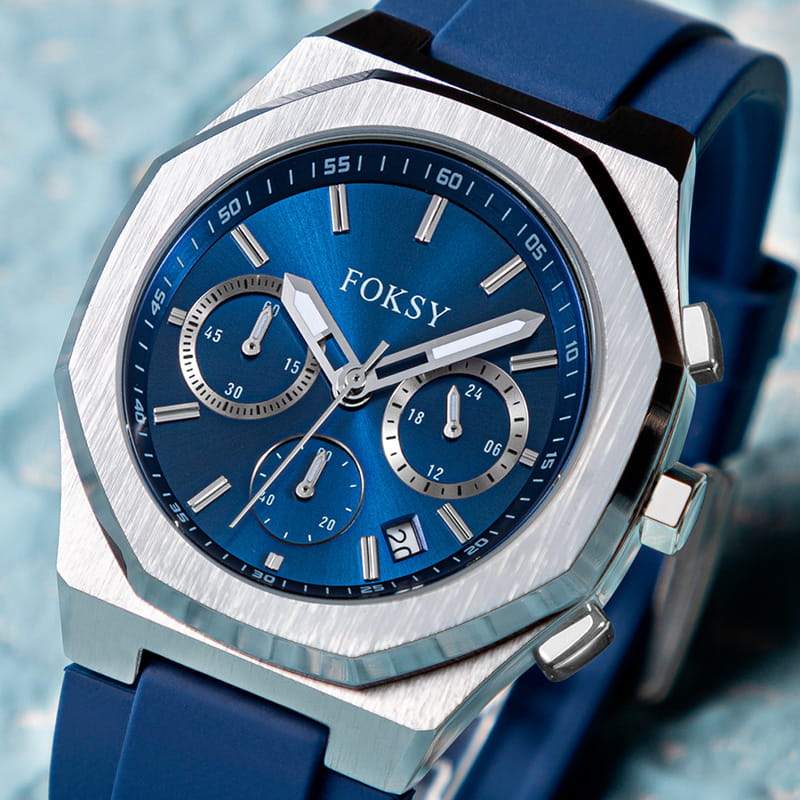
In daily use, there are many details that require our extra attention. First is water resistance. Although most luxury watches have a certain degree of water resistance, the waterproof gaskets will age over time, affecting their effectiveness. Therefore, even if the watch indicates a water resistance depth, do not wear it while taking a hot shower, in a sauna, or in environments with significant temperature fluctuations.


